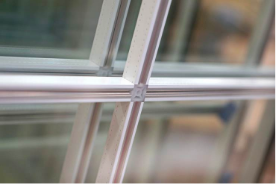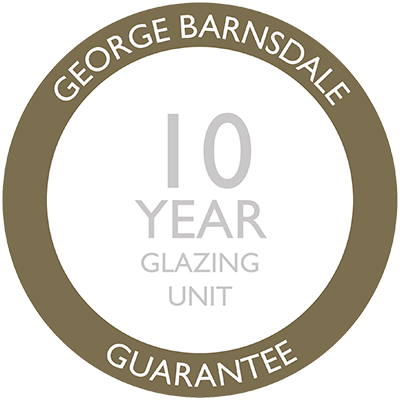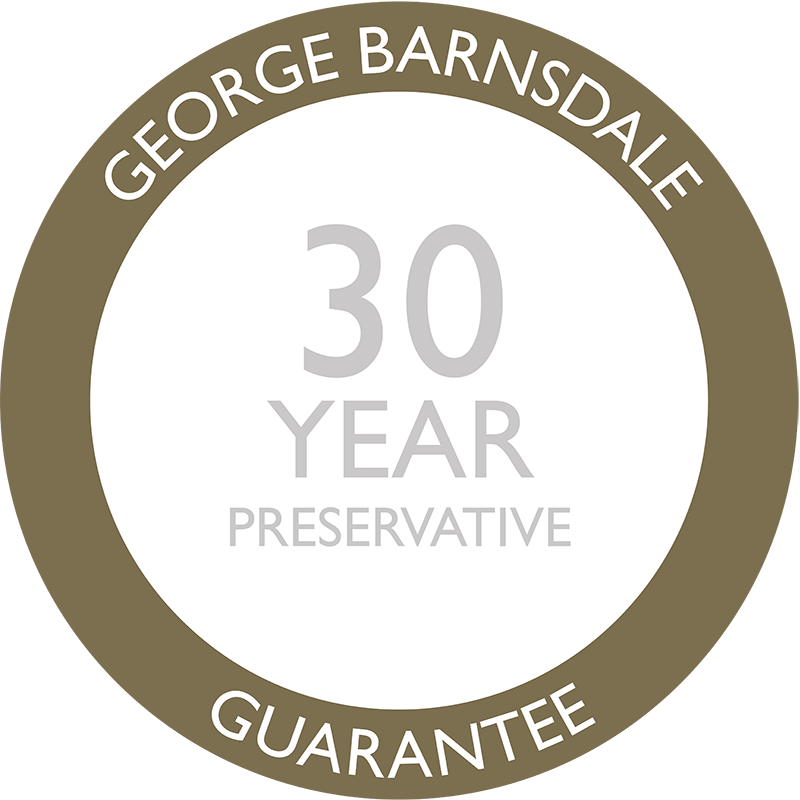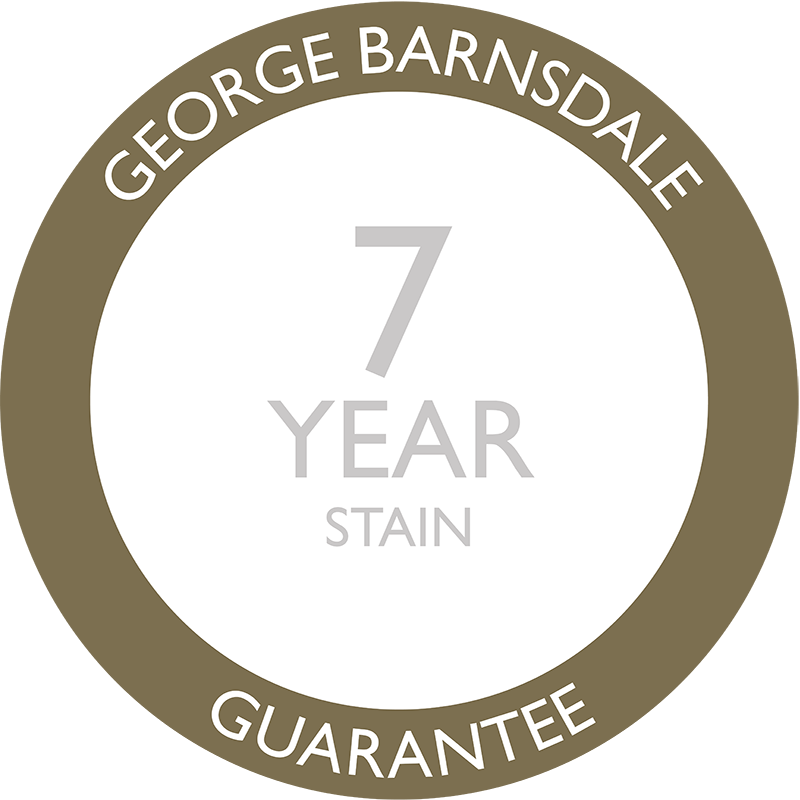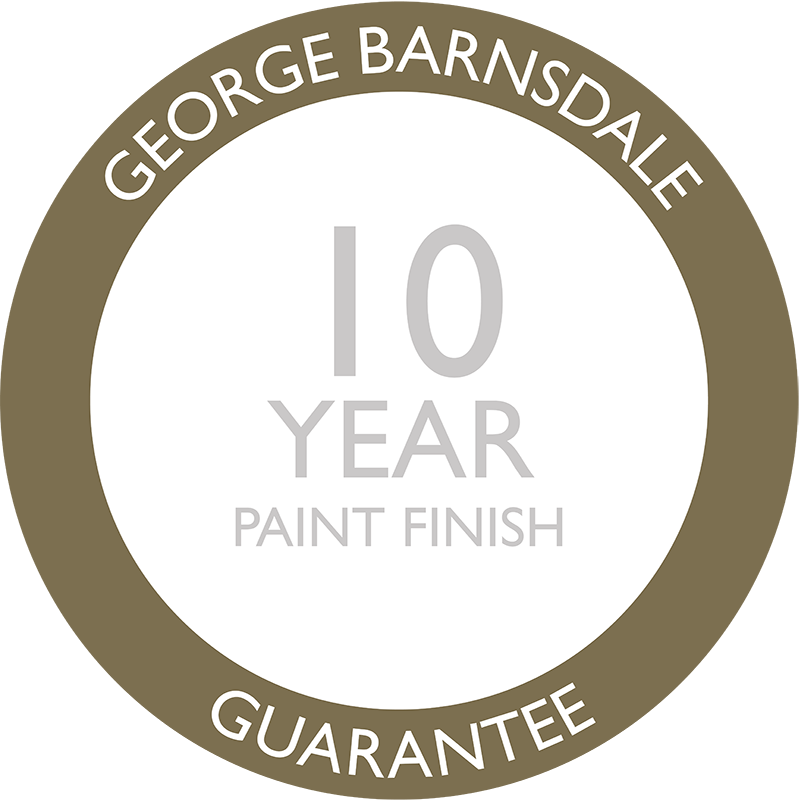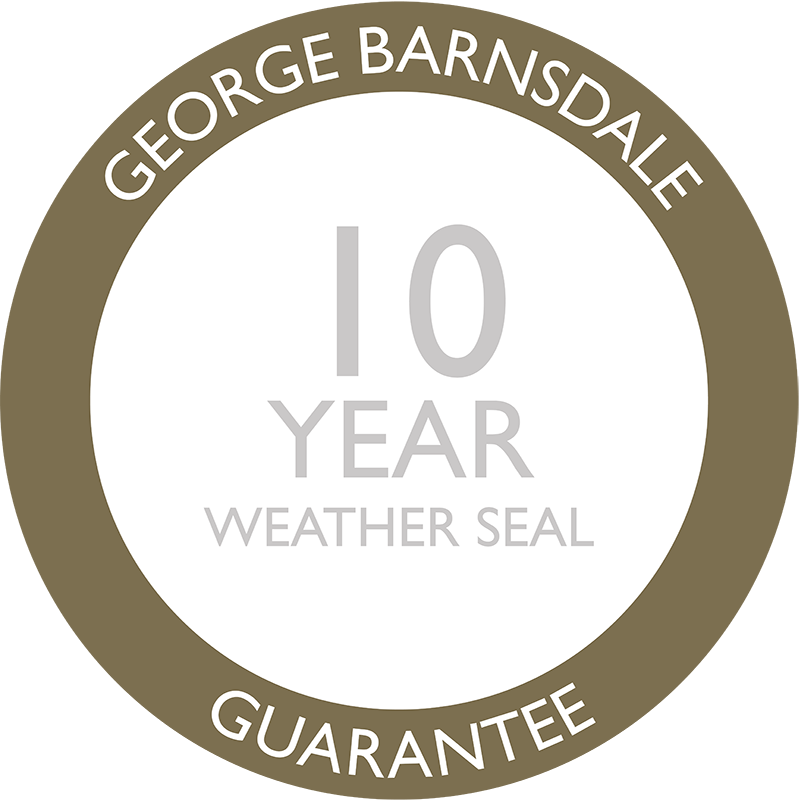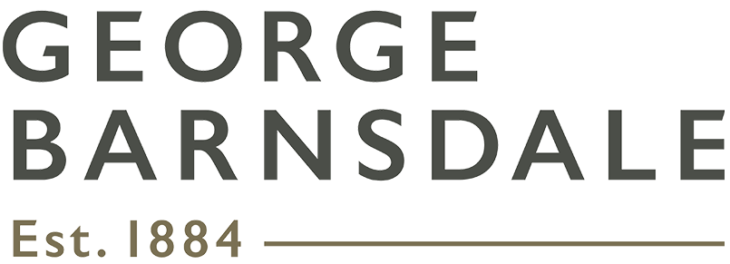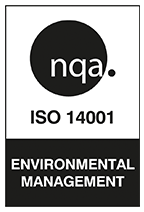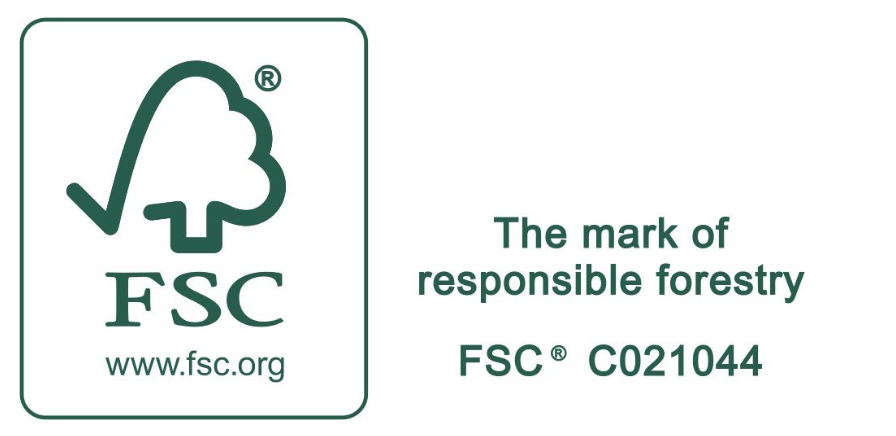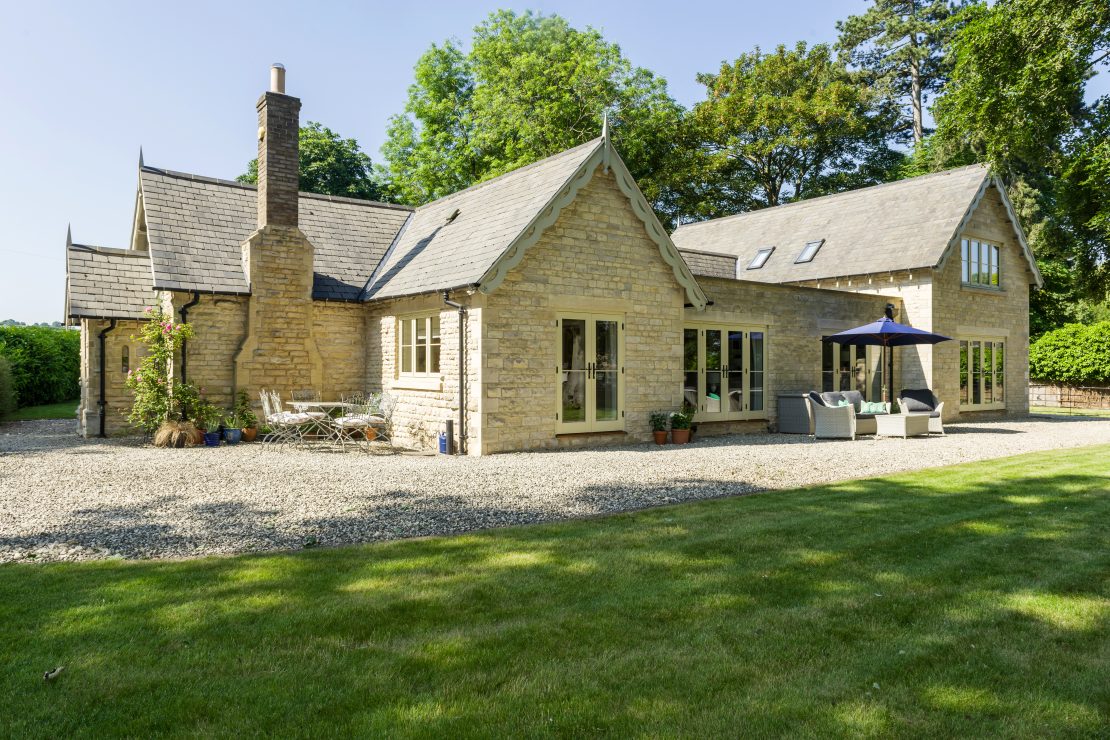July 5, 2017
We’re often asked questions like “Is all toughened glass stamped?” or “What should a safety glass mark include?” With so many regulations to navigate, it’s no surprise that confusion around safety glass markings is common, especially when trying to ensure compliance with British Standards.
In this article, we break down exactly what’s required, from the safety glass stamp itself to how toughened glass markings demonstrate safety, performance, and legal compliance in residential and commercial settings.
Why Safety Glass?
To comply with the glazing requirements of the Building Regulations Approved Document K, there must be safety glass or guards in place to protect people from injury through impact with glazing. The requirements state that safety glass is fitted in all “Critical Locations”, meaning doors or within 300mm of a door below 1500mm from floor level, plus windows that are lower than 800mm from floor level.
These requirements are covered by BS 6262-4:2005 – the code of practice for glazing buildings, with Part 4 specifically focusing upon safety related to human impact. This British Standard not only provides recommendations on the class of safety glass to be used, but also how to identify it.
The Marking of Safety Glass
According to section 7 of BS 6262-4:2005, the safety glass needs to be permanently marked so that it is visible after installation. By marking glass, consumers and Building Control Officers have confidence that it conforms to standards and regulatory requirements.
Only recently, Pilkington UK, a major supplier of glass to the fenestration industry, have issued guidance advising that manufacturers should avoid omitting safety marks, even if requested by clients. This applies to both pieces of glass within double-glazed sealed units and also replacement glazing in historic properties. If the glass is not marked sufficiently, then Building Control can insist that it has to be replaced.
What Does The Mark Need To Do?
To demonstrate conformity, the mark must:
(i) Identify the manufacturer with their name or trademark; and
(ii) Reference the relevant product standard.
What is meant by ‘reference the relevant product standard’ is to include one of the following standards that safety glass can comply with:
- BS EN 12150 – to identify toughened glass
- BS EN 14449 – to identify laminated glass
- BS EN 14179 – to identify heat soaked, thermally toughened glass.
If you require further information regarding the glazing requirement, please email contactus@georgebarnsdale.
Types of Safety Glass and Their Markings
There are several types of safety glass used in windows and doors, each with different properties and marking requirements.
- Toughened glass is one of the most common safety glazing options. It must include a toughened glass mark to demonstrate compliance with BS EN 12150. This stamp confirms that the glass has been heat-treated to increase strength and will break safely into small, blunt fragments.
- Laminated glass consists of two or more panes bonded with a plastic interlayer. It requires a safety glass stamp to indicate compliance with BS EN 14449. In the event of breakage, the interlayer holds the glass in place, offering enhanced security and acoustic performance.
- Wired glass, while less common in domestic applications, also qualifies as safety glass under certain conditions. It is often used for fire-resistant glazing and must carry appropriate markings to show compliance with relevant standards.
It’s important to note that not all glass is marked by default, only safety glass that is required for critical locations must carry a visible, permanent stamp. This is why queries such as “Is all toughened glass stamped?” often arise.
Where Should the Safety Glass Stamp Be Placed?
The positioning of the safety glass marking is just as important as the mark itself. To comply with British Standards, the stamp must be:
- Permanently visible (typically acid-etched or ceramic printed)
- Placed in a corner of the pane, outside the main viewing area
- Readable from the inside of the building in most cases
This placement makes sure the mark is discreet yet easy to locate during inspections or installation. For traditional and listed properties, where appearance matters, careful positioning can ensure the stamp does not interfere with sightlines or aesthetics.
Can the Safety Mark Be Removed or Etched Discreetly?
We’re frequently asked whether the safety glass stamp can be removed or made less noticeable, particularly in heritage settings where visual authenticity is a priority.
Under current regulations, the mark must be permanent and legible to demonstrate compliance. However, it can be applied in a discreet location, such as the bottom corner of the pane, to reduce its visual impact.
At George Barnsdale, we work closely with our customers to ensure the mark meets legal standards without detracting from the window’s traditional look. It is not permitted to remove or obscure the mark after installation, as doing so may compromise building control approvals or future property valuations.
Contact George Barnsdale Today
If you have any questions about safety glass markings or need help selecting the right glazing for your doors and windows, our team is ready to assist.
Get in touch with us today to discuss your project requirements, or explore our handcrafted timber products:
Whether it’s a new build or a heritage restoration, our team are here to help.
